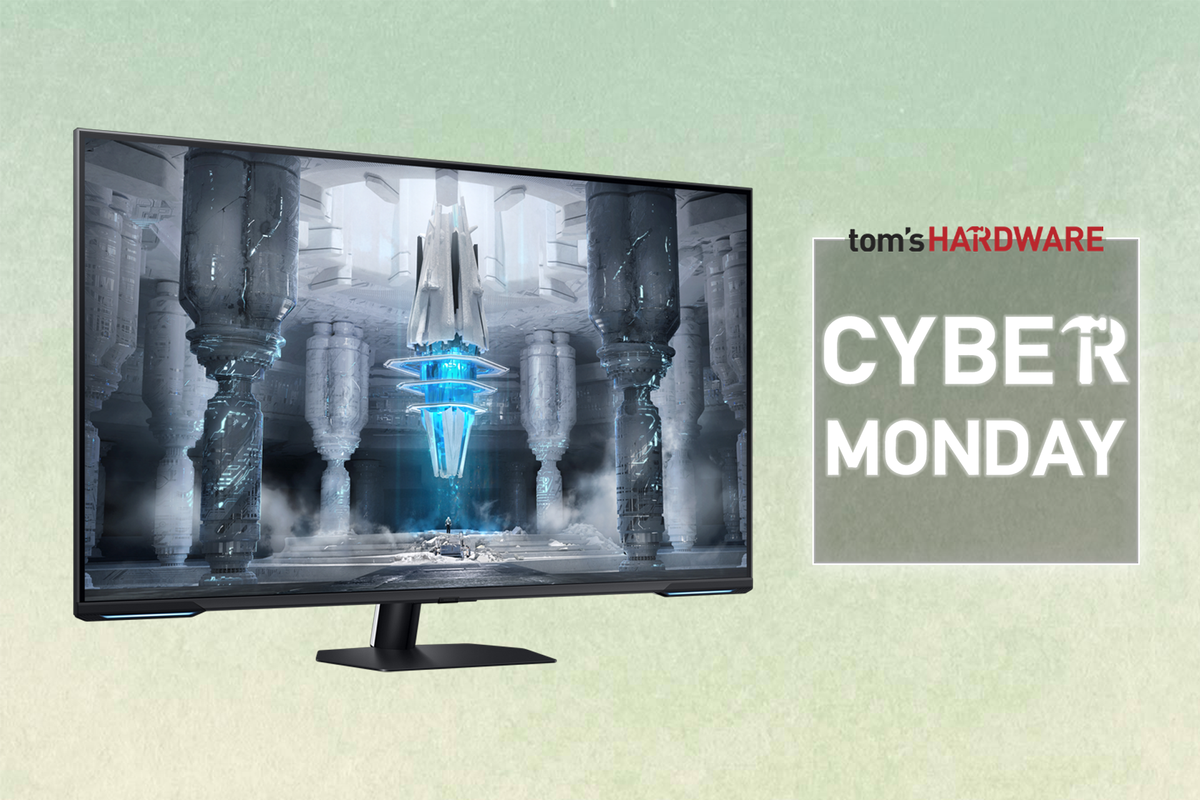The Chinese government has decided to ease export curbs affecting companies that trade in rare earth metals and goods based on these resources. The change of policy was signaled by state media, reports Reuters. However, this change is only being implemented to the benefit of Chinese and European semiconductor companies, whose supply chains have been adversely impacted by the curbs that were introduced in April. Semiconductor players based in countries like the U.S., Taiwan, and South Korea aren’t going to directly benefit from this change.
Since China implemented the new curbs, only a few licenses have been granted for those wishing to export rare earth magnets, for example. The complex process to export these vital materials for certain semiconductor, auto, and defense production processes is known to take months. Moreover, there has been confusion at customs due to the freshness of the shift in policy. Organizations need time to adapt and get used to new rules.
European Union Chamber of Commerce meeting
The headline change of the rare earths export policy seems to have been precipitated by a meeting between Chinese officials and members of the European Union Chamber of Commerce. This meeting took place on Tuesday, according to local media reports.
Reuters quotes Jens Esklund, president of the European Union Chamber of Commerce in China, who said, “The meeting provided European Chamber members the opportunity to express in person the urgent need to accelerate approval processes, to ensure the stability of their supply chains.”
What will China get from the EU for the favor?
Esklund went on to tell Reuters that if China's rare earths export policy wasn’t changed, “many European production lines will come to a halt.” As such, the Eurozone's need for China’s softening of export restrictions is clear. The report does not indicate what the EU will have to give back in order to enjoy this Chinese favor.
Naturally, Chinese firms that operate multinationally will also welcome the change to the rare earths export policy. China’s initial implementation seems to have been too blunt an instrument. It must have impacted domestic firms unintentionally, we assume.
Last but not least, there is no mention of the U.S. or other countries, regions, or trading blocs in this agreement. The U.S. and China are still very much in a trade war, and today it looks like the Trump administration is in the middle of a conflict with the U.S. Court of International Trade in relation to all the tariff shenanigans we have seen in recent months.
Follow Tom's Hardware on Google News to get our up-to-date news, analysis, and reviews in your feeds. Make sure to click the Follow button.

 6 months ago
134
6 months ago
134







 English (US) ·
English (US) ·